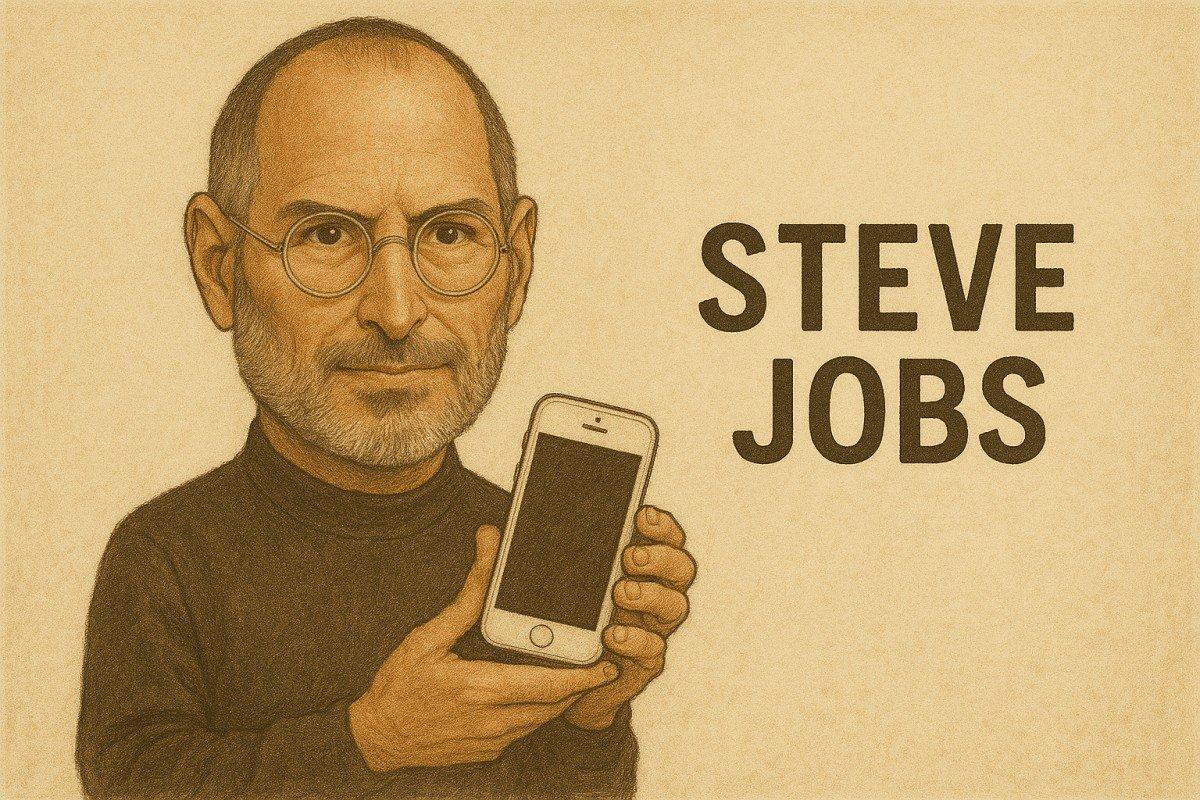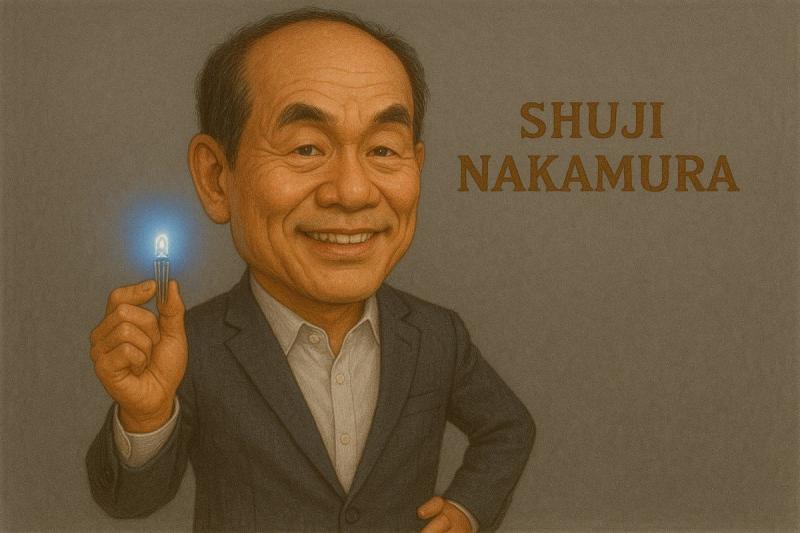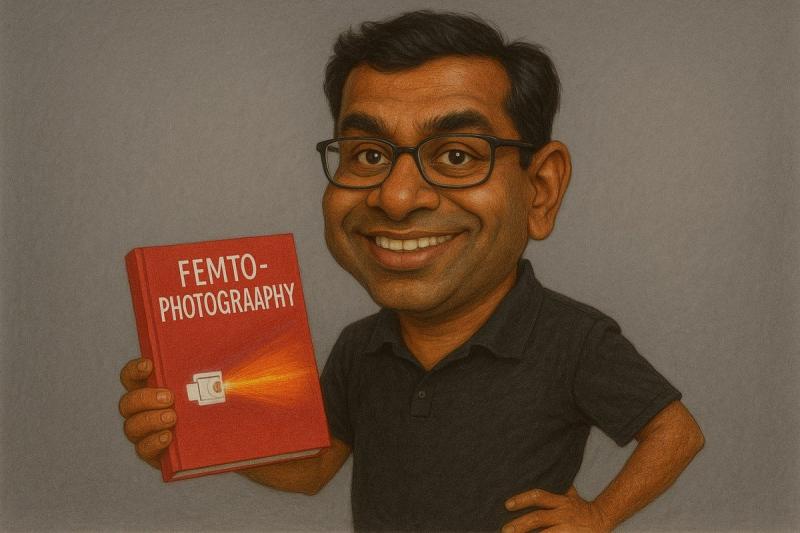Steve Jobs: The Relentless Human Behind Modern Technology’s Curtain
Meet Steve Jobs—just your typical college dropout who, with a little audacity (and plenty of black turtlenecks), changed the course of personal technology forever. For anyone who’s ever swiped an iPhone screen or admired a MacBook’s sleek finish, Jobs needs no introduction. But the real story isn’t about products—it’s about one restless mind, and the messy, behind-the-scenes blend of design, engineering, and imagination that now sits, quite literally, in millions of pockets and on kitchen tables.
My own intro to Jobs’ world? Sitting in my cramped childhood living room in 1998, squinting at a blue, rounded iMac G3 and wondering, “Why does it look like a spaceship?” Turns out: Jobs liked to catch your eye and refuse to let go.
The Man and His Vision
Jobs didn’t fit the mold. He didn’t even want there to be a mold.
When he started Apple with Steve Wozniak in a California garage back in 1976, nobody in their right mind thought the “personal computer” was a real business idea. But Jobs had an unshakable knack for seeing what people didn’t even know they wanted. He demanded that machines be easy to use, and then made sure they’d look so clean you’d resent getting fingerprints on them.
- Insistence on simplicity: Jobs loved to take things away. Flawless, clutter-free design was his trademark, whether that meant a single button or an all-glass front. Legend says he’d cut cables with scissors if he didn’t think you needed them. Sometimes, he was right.
- Storytelling in technology: The man could pitch a box of bolts and make it sound world-changing. Just keep “one more thing” up your sleeve and make magic.
Breakthroughs: Not Just Gadgets, Revolutions
Let’s be honest: before Jobs, computers were drab, beige blocks meant for data entry and spreadsheets. Enter the Apple II, iMac, iPod, MacBook, and then—kaboom—the iPhone. Each one blew away what came before.
The iPhone’s 2007 rollout? Utter pandemonium. Touchscreen, internet, music player, phone—all-in-one. Everyone else played checkers while Jobs sketched chess moves on a napkin. His relentless eye for detail led to features like the App Store—although he initially didn’t want apps at all—and FaceTime. Just when you thought gadgets couldn’t get more personal, Apple pushed the limits. Ask anyone: remembering life before the iPhone is like trying to recall a world pre-Google Maps—lost, lonely, and probably stuck in traffic.
- You might have tinkered with an iPod Touch, felt the charm of the iPad, or used iLife creative suite (remember iMovie’s glorious drag-and-drop simplicity?). All direct descendants of Jobs’ “ease-first, beauty-always” philosophy.
Cooked Up Commercial Giants
Of course, it wasn’t only about gizmos. Jobs turned Apple into one of the most recognizable brands on the planet—and one of the most valuable, topping INR 2,50,000 crore in market value not long after launching the iPhone.
He didn’t stop at Apple. Many forget Jobs’ second act: as a savior for Pixar. He scooped up the animation studio in the ‘80s, bankrolled its tech, and gave creatives breathing room. The result: “Toy Story.” Not just a hit—an earthquake. Pixar’s software (Renderman, for the nerdy) and its later creative writing kits revolutionized animation globally, selling to Disney for what’s now INR 45,546 crore in USD.
Here’s what set Jobs apart commercially:
- He loved building “ecosystems”—why sell just a phone when you can also sell iCloud storage, music (iTunes), and the very box it came in?
- He got people to camp outside stores for a phone—something previously only Harry Potter books could manage.
- Book names like Walter Isaacson’s biography "Steve Jobs," or the hands-on "Insanely Great: The Life and Times of Macintosh," became must-reads for tech founders and everyday fans.
Legacy: Still Sitting at the Table (and in Your Pocket)
Look around you. If you see a MacBook Air in a café, or a beaming kid using a Swift Playgrounds coding kit, Jobs is there in spirit. Apple’s cash reserves alone could make any government jealous, cruising above INR 4,16,670 crore. It’s not just the raw numbers—Apple sets trends. Form factors, privacy features, and inclusive design are now industry norms, mostly because Jobs bullied the world into raising its standards.
- Apple’s products—yes, still built on Jobs’ aesthetic bones—lead in places from education (iPad Learning Bundles) to professional music production (Logic Pro X).
- Pixar, now part of the Disney behemoth, is a storytelling machine, and its influence runs deep—animation tools inspired by Pixar’s leaps have changed visual FX for everyone, from hobbyists to major studios.
But it’s not a syrupy fairy tale. Jobs could be tough. Staff cried, partners raged, some products died on the vine (Newton, anyone?). He courted controversy, insisted on control, and sometimes missed the bigger societal questions. Still, he forced everyone in tech to go bigger and care about “how it feels in the hand,” not just what’s under the hood.
Apple University now uses story-driven business courses to teach Jobs’ thinking style, while online courses like “Creative Problem Solving with Apple” or “Pixar in a Box” sprinkle his philosophy into classrooms and living rooms everywhere.
What’s Left? The Jobs Playbook, Still in Use
Steve Jobs left us in 2011, but you could argue his fingerprint has only smudged deeper since then. If you’ve ever scrolled through GarageBand to lay down a track, or composed in Pages for iPad, you’re borrowing Jobs’ tools.
What’s his biggest lesson? Obsession works, if you point it somewhere worthwhile. Insist on beauty—even in code or logic boards. Never let the world tell you their way is the only way.
So, next time you tap that glass rectangle to message a friend, remember you’re holding not just a phone, but a whole messy, wonderful vision. Steve Jobs didn’t just help us call home—he rebuilt the very house, windows and all.
Time to put your INR 1 lakh smartphone to good use and ask: “What would Jobs push me to create next?” Maybe not another turtleneck, but certainly something a little braver, a little simpler, and a whole lot more human.



